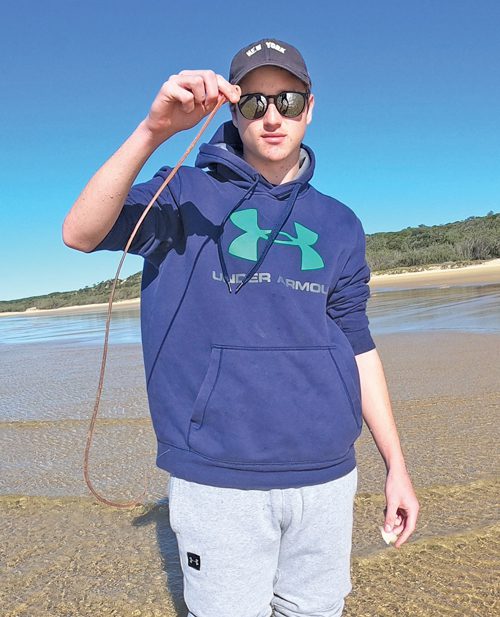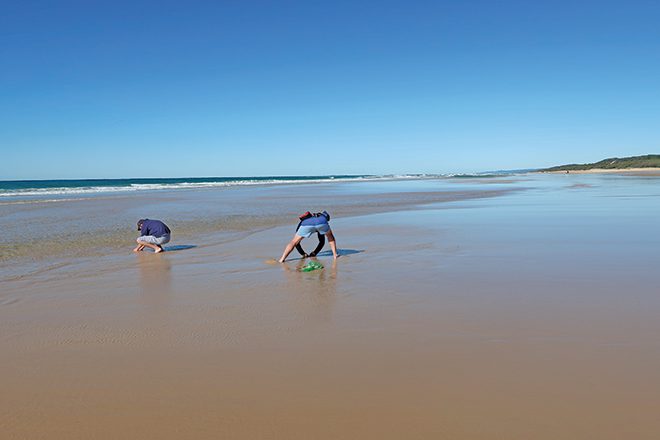In my view, beach fishing can be one of the most productive and simplest styles of fishing when the conditions are right. techniques catch beachworms
You don’t need to fill the boat with fuel, check the bungs, check the trailer, put the boat in and out, watch the sounder… and the list goes on. techniques catch beachworms
It’s a case of just getting down to a beach and finding a reasonable vantage point to spot gutters, walk or drive down and cast a line! techniques catch beachworms
However, a bit of planning before you get to this stage can ensure the odds are stacked much more in your favour on the beach.
That is assuming you have your tackle and location right.
To maximise your chances of catching fish, you want fresh bait – even better is bait that is live.
Beachworms would have to be the number one beach bait in my opinion.
And beachworms are also a fantastic bait around the mouth and lower reaches of an estuary too.

From the beach, a live beachworm will catch you whiting, bream, tarwhine, dart, flathead and even the holy grail of beach and estuary fishing, the mighty mulloway.
You can add a few more species to the list in estuaries as well.
The best part is that live worms are available right at your feet on the beach shoreline.
There is no mud to dig, sand to pump, dangerous slippery rocks to gather your bait from or nets to cast.
They can be caught any time of the day provided the swell and tide are right.
In fact, I have even caught them at night using a headlamp!
Finger bait
The equipment you will need is a fish scaler or onion bag on a piece of rope, some fish carcasses or old bait and a finger bait.
The finger bait should ideally be a pipi – or a piece of fish flesh with the skin on will do if you can’t find pipis.
Do not underestimate that last point.
I’ve spoken to many people who have used soft bait such as half a pilchard and they’ve really struggled to catch worms.

What happens is the worm comes up, latches on to the soft bait and in Rex Hunt terms says, “Thank your mother for the rabbits!” and quickly disappears back down its hole with a piece it has torn off.
With the firm tongue of the pipi worms can’t do that and so when they latch on, they wriggle and relax and you can manoeuvre them forward or up a little out of the sand with your bait hand while you position your other hand to grab them.
Another trick – taught to me by my professional worming friend Drew Gardiner from Gardiner’s Fisheries at Rainbow Beach – is when you extract your pipi, give it a gentle rub in the sand to remove the slime.
This makes it easier to hold and it won’t slip.
Then you want to nip the top of the tongue off with your thumb to allow the worm to grab the pipi easier.
 Bush ‘n Beach Fishing Magazine Location reports & tips for fishing, boating, camping, kayaking, 4WDing in Queensland and Northern NSW
Bush ‘n Beach Fishing Magazine Location reports & tips for fishing, boating, camping, kayaking, 4WDing in Queensland and Northern NSW









